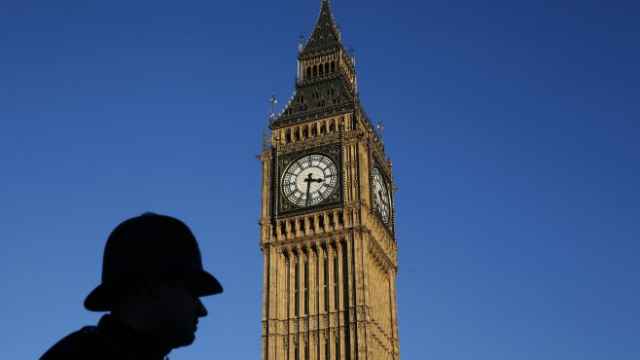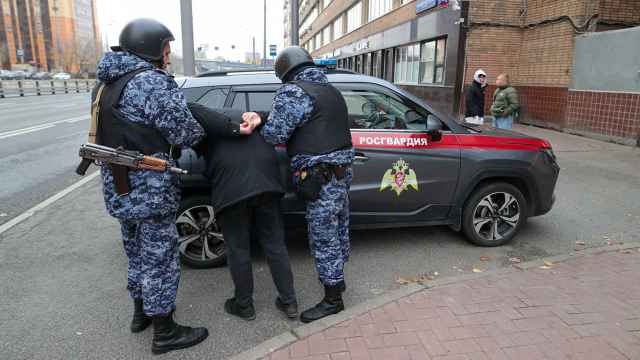A gas-filled balloon co-piloted by a Russian and an American touched down safely in the waters off Mexico on Saturday, completing a week-long trans-Pacific flight that unofficially broke two world records, a spokeswoman said.
The balloon carrying Troy Bradley of Albuquerque, New Mexico, and his Russian co-pilot Leonid Tiukhtyaev, landed near La Poza Grande in the Mexican State of Baja California Sur after a flight that lasted six days, 16 hours and 38 minutes and covered 6,646 miles (10,696 km), organizers of the mission said in a statement.
Bradley and Tiukhtyaev, known as the Two Eagles, left Saga in southern Japan on Jan. 25 in their attempt to surpass the world distance record for flying a gas-filled balloon, as well as the record for time in flight for that type of aircraft. Both records need to be certified before becoming official.
"The pilots made a controlled descent to a gentle water landing about four miles off the Baja coast," said Kim Vesely, a spokeswoman for the ballooning mission.
During the balloon's descent, winds turned parallel to the coast, making it more prudent for the pilots to execute a landing in the water, she said.
The Albuquerque, New Mexico-based team that oversaw the flight later said in a statement the two pilots were picked up by a fishing boat and taken to shore.
"We would note that a water landing is acceptable under the international rules governing the establishment of world records," Vesely said.
The flight surpassed the distance record of nearly 5,209 miles (8,383 km) for gas balloons set on the only previous manned trans-Pacific flight, in 1981. It also topped the flight duration record of about 137 hours aloft in a gas balloon set in 1978 by a team crossing the Atlantic.
The mission team earlier on Saturday gave a time for the duration of the Two Eagles flight as one minute less than a figure they provided later.
The Two Eagles balloon, which relied solely on an enclosed chamber of helium gas for lift, is different from hot air balloons and so-called Roziere balloons, which rely on both hot air and lighter-than-air gas. Roziere balloons have by far the greatest range of the three types.
The National Aeronautic Association and the Federation Aeronautique Internationale, need to certify the records, a process that can take months, officials with the mission said.
A Message from The Moscow Times:
Dear readers,
We are facing unprecedented challenges. Russia's Prosecutor General's Office has designated The Moscow Times as an "undesirable" organization, criminalizing our work and putting our staff at risk of prosecution. This follows our earlier unjust labeling as a "foreign agent."
These actions are direct attempts to silence independent journalism in Russia. The authorities claim our work "discredits the decisions of the Russian leadership." We see things differently: we strive to provide accurate, unbiased reporting on Russia.
We, the journalists of The Moscow Times, refuse to be silenced. But to continue our work, we need your help.
Your support, no matter how small, makes a world of difference. If you can, please support us monthly starting from just $2. It's quick to set up, and every contribution makes a significant impact.
By supporting The Moscow Times, you're defending open, independent journalism in the face of repression. Thank you for standing with us.
Remind me later.





